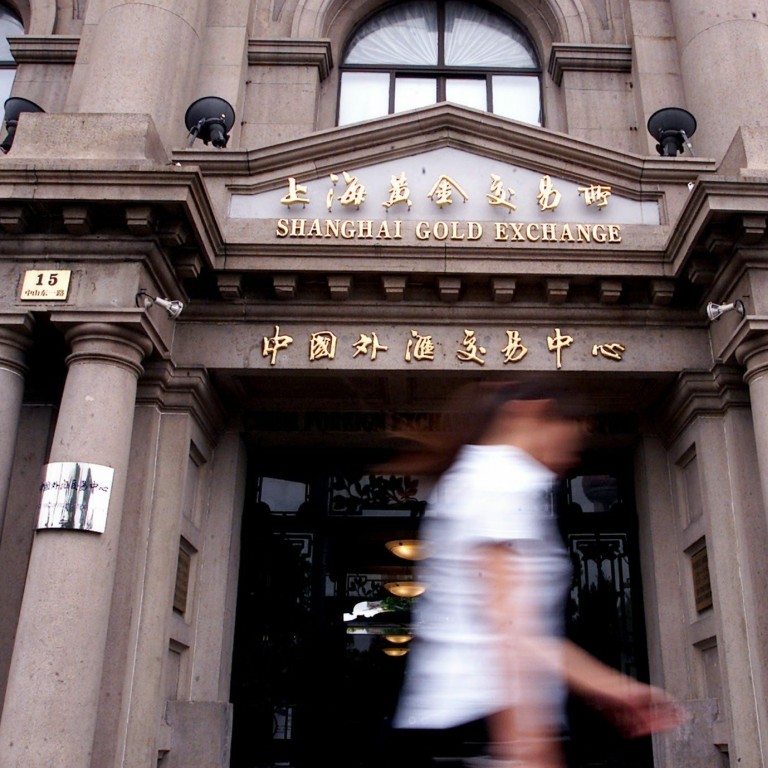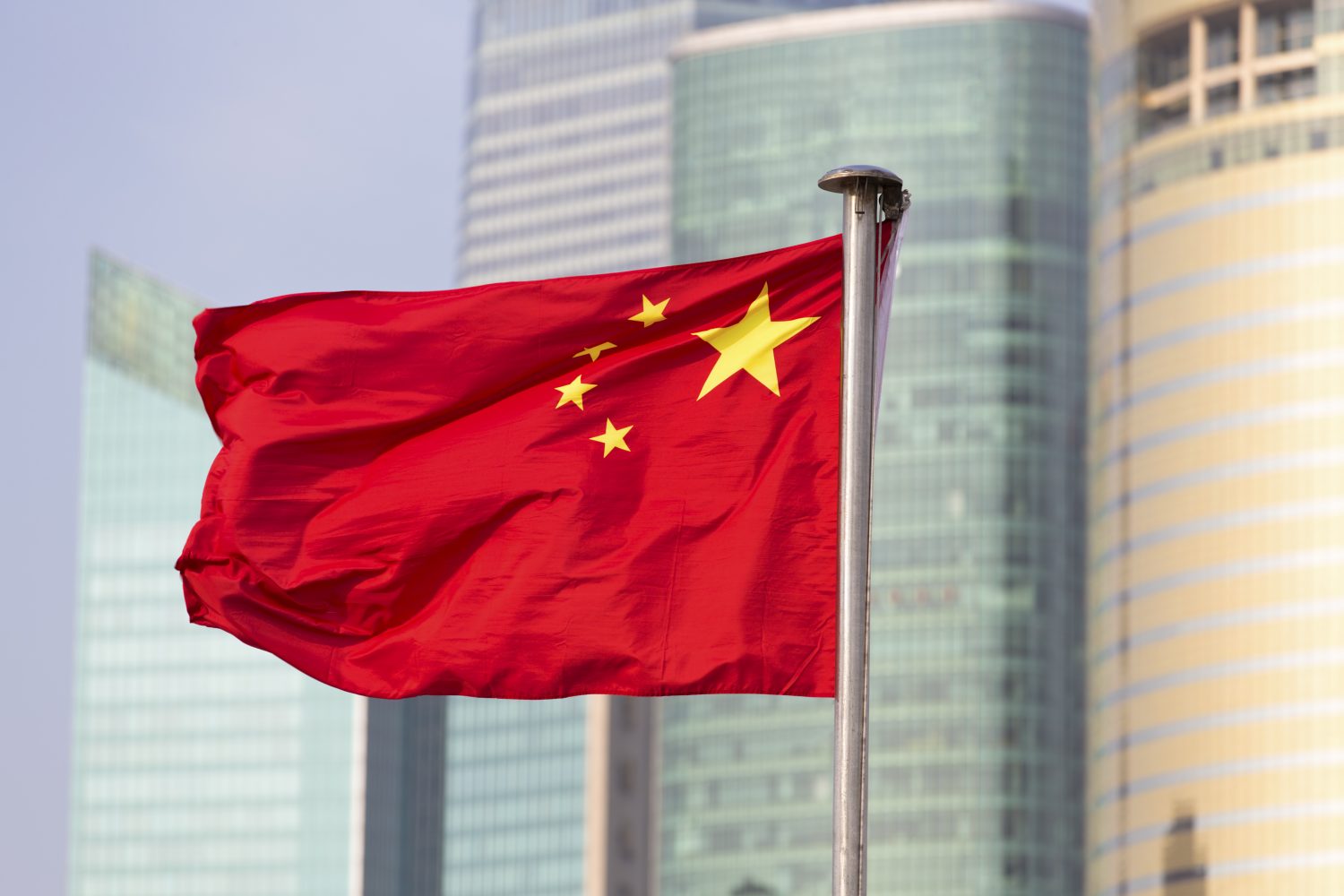Since China began opening up its capital markets in 1992, the country’s concerted approach to liberalization has gradually won the confidence of international investors.
The latest example of China’s commitment to financial reform is the awarding of a domestic fund custody license to Standard Chartered – the first foreign bank to be granted such a license. This is a significant development as it marks another step towards welcoming foreign investors to the world’s third-largest equity and bond markets, with a combined worth of nearly USD20 trillion.
With investor interest in China growing, Chinese authorities have launched measures to help smooth the process, with several more in the pipeline. The following are some of the latest milestones in the journey to a more open and equal market system in China.
Standard Chartered Acquires Fund Custody License
The China Securities Regulatory Commission (CSRC) granted a domestic fund custody license to Standard Chartered Bank, allowing it to directly access domestic funds and provide custodial services for investors in China.
Bond Connect Continues To Advance
To further enhance the appeal of Bond Connect, an access scheme launched in July 2017 to facilitate foreign investment in the China’s interbank bond market, Chinese regulators announced a series of enhancements, including real-time delivery-versus-payment and block trade allocations.
To attract more overseas institutional investors into China’s USD11 trillion bond market, a three-year tax holiday was introduced, exempting overseas investors from paying Withholding Tax and VAT on interest from their onshore bond investments between November 2018 and November 2021.
London-Shanghai Stock Connect
This access scheme, which will allow investors in China and abroad to trade depositary receipts of listed companies, will be a big boost to Chinese companies expanding their business abroad when it is launched later this year.
In addition to the above, we anticipate further efforts to streamline the application process for the various China access schemes. In the near future, we also expect the introduction of futures and options products, as well as new hedging tools, which should entice more overseas participation in China’s capital markets.
The Near-Term Challenges
The renminbi’s (RMB) recent depreciation could impact foreign investors’ appetite for RMB assets, while forcing domestic investors to hedge risk overseas. But investor confidence is expected to sustain if the currency holds its ground.
China’s debt, at 299 percent of GDP (up from 171 percent in 2008) is another obstacle to growth. Mindful of this, Beijing is reining in over-lending while working to encourage domestic consumption and reduce the economy’s dependence on exports. This can also shield growth from the worst effects of the trade war with the US.
“China needs a transparent monetary policy and currency management system, and sizeable domestic capital market that is easily accessible to overseas investors.”
A More Inclusive Future
China’s long-term outlook remains robust. Sectors such as technology, transportation and consumer services, which have capitalized on local wealth creation, are the new growth drivers, and are predicted to grow by USD10 trillion to USD39 trillion by 2022.
Encouraged by this growth, and improvements to access channels, investors are enthusiastically accessing China. It is estimated that overseas investors could bring USD400 billion of equity flows into China over the next 10 years.
China also saw large investments in its government bonds in 2018, and the expected full inclusion of Chinese bonds into global bond indices is predicted to attract flows worth USD286 billion, with foreign ownership of onshore bonds set to rise to as much as 7 percent by end-2020, from under 2 percent in early 2018.
These developments are essential for China, given the competition from other developing jurisdictions for foreign investors’ cash. Of course, for China, domestic considerations remain the primary drivers and will dictate the pace of further liberalization. To that end, following the addition of the RMB to the IMF’s Special Drawing Right basket, Beijing has set its sights on making the yuan a global reserve currency.
However, to achieve this, China needs a transparent monetary policy and currency management system, and sizeable domestic capital market that is easily accessible to overseas investors. Recognizing the work to be done in this regard, the CSRC is promoting local capital markets while the People’s Bank of China is reforming the interbank market and facilitating RMB-denominated debt.
As China works to enhance market participation, and gain wider acceptance and recognition on major world indexes, it is well placed to secure for its markets and currency a position more in line with its status as the world’s second-largest economy. This makes it possible to envision a scenario in which overseas investors will enjoy the same accesses and rights as their domestic counterparts, even if the path to such a scenario will be gradual.








